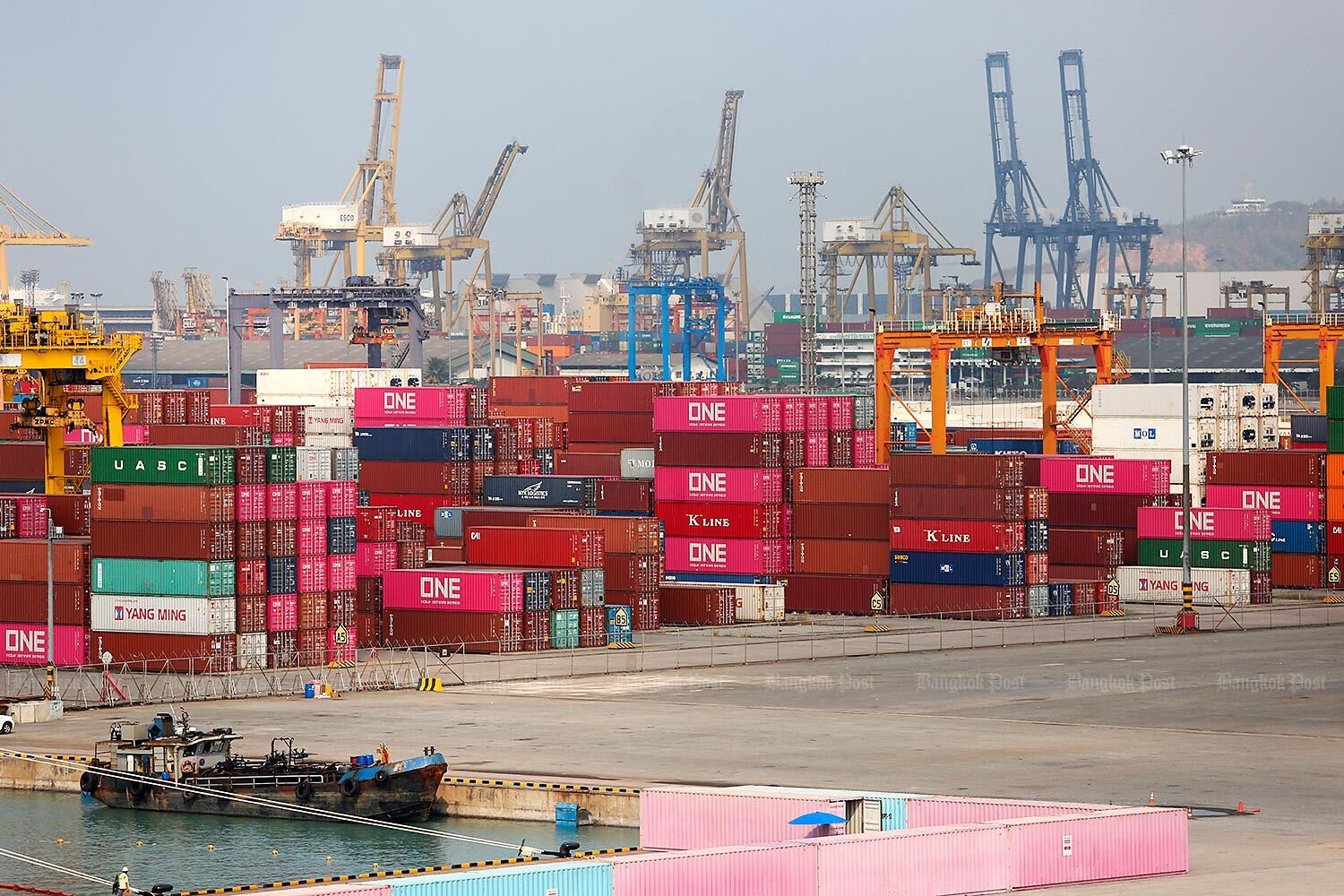Turning up the Thai-mometer: Thailand and Russia in heated talks for free trade pact

Thailand is turning up the heat on trade negotiations with Russia, as both nations look to seal a dynamic free trade agreement with the Eurasian Economic Union (EAEU).
Recent high-stakes discussions at the Commerce Ministry between Thailand’s Commerce Minister, Pichai Naripthaphan, and Russian Deputy Minister of Agriculture, Sergey Levin, underscored a shared ambition to boost trade and investment. The spotlight is particularly on the high-tech and artificial intelligence sectors, a realm where Russia enjoys a solid reputation.
Pichai highlighted how the shift of data centres and printed circuit board production to the Land of Smiles is enticing further investments, especially in the realm of digital innovations. He also stressed Thailand’s strategic role as a formidable global food hub, leading the charge in food security.
“We are urging Russia to boost its imports of Thai rice and food products.”
Pichai added Thailand’s keenness to ramp up its export game. On the flip side, Russia has nudged Thailand to up its imports of Russian agricultural goods like wheat, dairy, and livestock.
Thailand is gearing up to host the fifth Meeting of the Sub-committee on Trade and Economic Cooperation with Russia in early 2025. This gathering of the economic bigwigs aims to strengthen their partnership across several sectors that promise mutual benefits.
The Kingdom of Thailand is also eyeing support from Russia in striking a free trade deal with the EAEU, a move slated to open up a treasure trove of trade and investment prospects. The EAEU, a powerhouse bloc including Russia, Armenia, Belarus, Kazakhstan, and Kyrgyzstan, boasts a population nearing 200 million and a GDP hitting a whopping US$5 trillion.
In 2023, although Russia was Thailand’s 37th-largest trading partner, it led among the EAEU nations. From January to September 2024, trade between the two amounted to US$1.19 billion, making up 0.26% of Thailand’s total trade. Thai exports to Russia hit US$610 million, with imports from Russia at US$578 million, resulting in a trade surplus of US$32 million.
Thai export staples to Russia include rubber products, vehicles and auto parts, and machinery. Meanwhile, imports from Russia mainly consist of fertilisers, pesticides, metal ores, scrap metal, and chemicals, Bangkok Post reported.
As ties tighten and trade talks tick on, all eyes are on how this budding economic relationship between Thailand and Russia will unfold.
What Other Media Are Saying
-
- Nikkei Asia: Thailand plans to initiate free trade talks with the Eurasian Economic Union, aiming to triple trade to $10 billion by 2020, enhancing economic cooperation between the two regions. (read more)
- Thailand Business News reports Thailand’s readiness to initiate FTA talks with the Eurasian Economic Union, focusing on trade, investment, and tourism cooperation, and leveraging a visa exemption agreement. (read more)
Frequently Asked Questions
Here are some common questions asked about this news.
Why is Thailand interested in enhancing trade ties with the Eurasian Economic Union?
Thailand aims to leverage EAEU’s market potential to boost its exports and strengthen its position in high-tech and food security sectors.
How might a free trade agreement with the EAEU impact Thailand’s economy?
It could significantly increase trade volume, attract investments in technology sectors, and diversify Thailand’s export markets.
What if Thailand successfully negotiates increased Russian imports of its agricultural products?
It could lead to a stronger agricultural sector, increased farmer incomes, and enhanced food security for Thailand.
How does Thailand’s strategic location factor into its trade negotiations with Russia?
Thailand’s position as a global food hub offers a logistical advantage, enhancing trade routes and accessibility to Southeast Asian markets.
Why is Russia keen on increasing its manufacturing presence in Thailand?
Russia aims to capitalize on Thailand’s growing high-tech sector and strategic location for regional manufacturing and distribution.
Latest Thailand News
Follow The Thaiger on Google News:


























